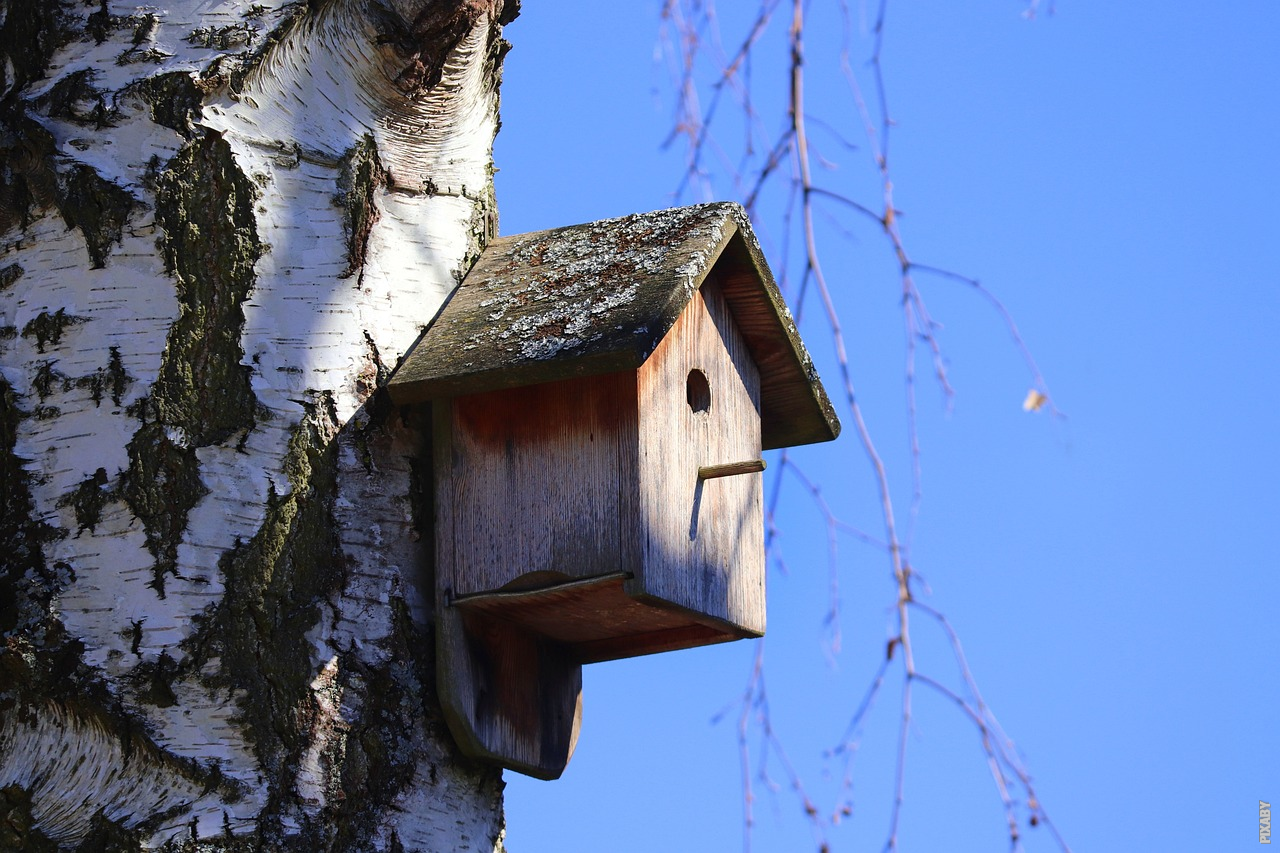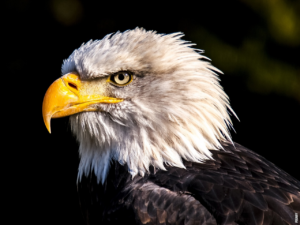The Mysterious Slumber of Birds
As the winter sets in, a remarkable phenomenon takes place in the avian world. While many animals migrate to warmer regions during this time, some birds have developed a unique strategy to survive the harsh conditions: hibernation.
The Science Behind Avian Hibernation
Hibernation is a state of dormancy, during which an animal’s metabolic rate slows down significantly, allowing it to conserve energy. Birds that hibernate undergo a series of physiological changes that enable them to endure the cold winter months.
Preparing for Hibernation
Before entering hibernation, birds undergo a process called hyperphagia, where they consume large amounts of food to build up fat reserves. This fat serves as a vital source of energy during their dormant state.
Choosing the Perfect Hibernation Spot
Unlike other animals, birds don’t hibernate in caves or burrows. Instead, they seek out sheltered locations such as tree cavities, dense shrubs, or even abandoned nests. These spots provide insulation and protection from predators.
The Hibernation Process
Once settled in their chosen hibernation spot, birds enter a state of torpor. Torpor is a deep sleep-like state where their body temperature drops significantly, and their heart rate and breathing slow down. This helps them conserve energy and survive on their fat stores.
Post
Post
Waking Up from Hibernation
When spring arrives and the weather begins to warm, birds gradually awaken from their hibernation. They emerge from their cozy shelters, rejuvenated and ready to resume their usual activities.
The Remarkable Adaptation of Avian Hibernation
The ability of birds to hibernate is a remarkable adaptation that allows them to survive in environments where food is scarce and temperatures are extreme. It showcases the incredible resilience and resourcefulness of these winged creatures.
Protecting Hibernating Birds
It is crucial to protect the hibernation habitats of birds to ensure their survival. Providing birdhouses, leaving dead trees standing, and preserving natural areas can all contribute to the well-being of these remarkable hibernating species.
In Conclusion
The mysterious slumber of hibernating birds is truly awe-inspiring. Their ability to endure the harsh winter months through physiological adaptations is a testament to the wonders of nature. By understanding and appreciating their unique hibernation process, we can better protect and conserve these incredible avian species.



